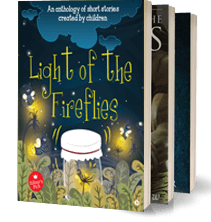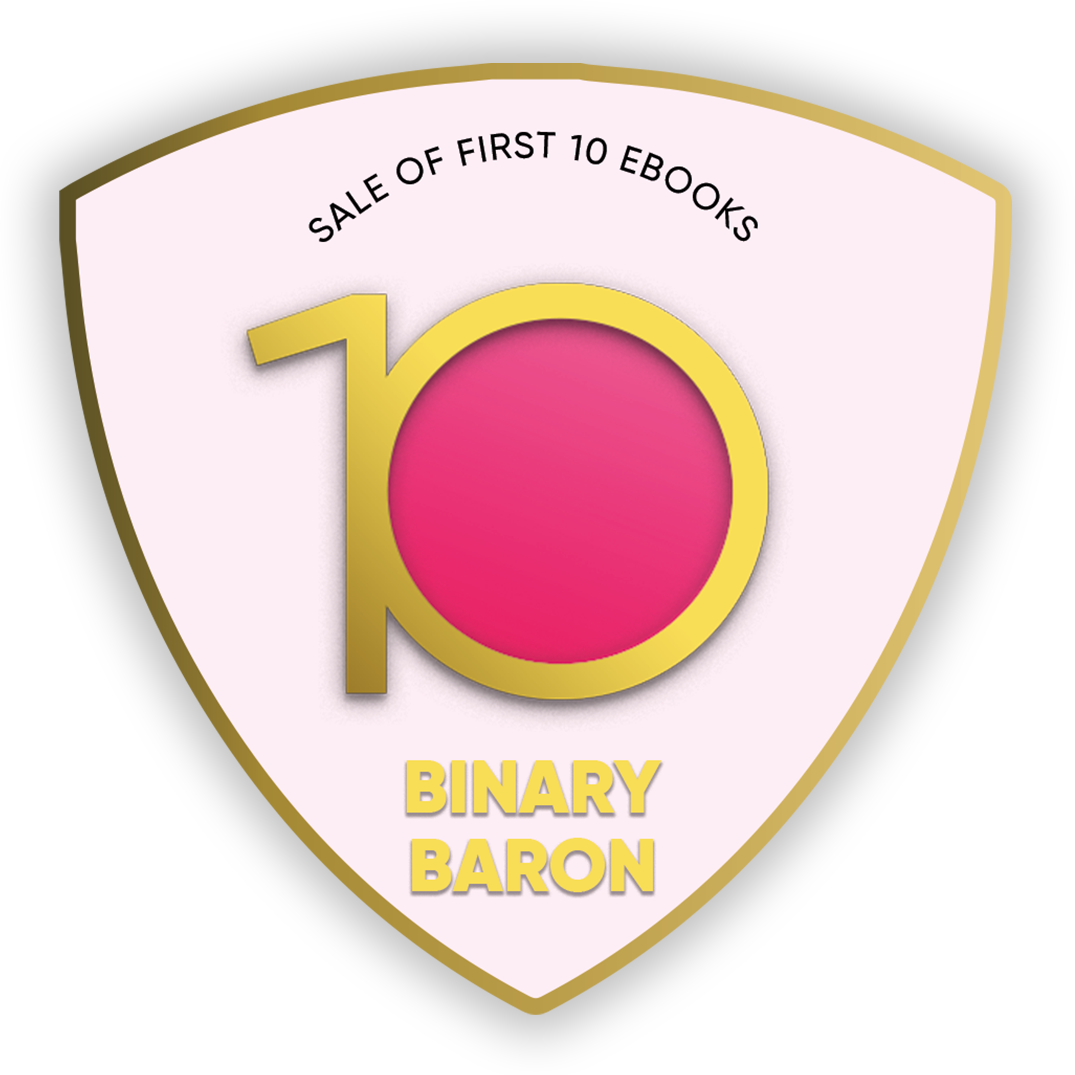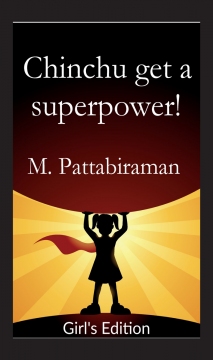
- Discover books
- For Writers
-
For Writers
-
Indie Author Championship
-
Challenges
Writing Contests
- Get Started

"It was a wonderful experience interacting with you and appreciate the way you have planned and executed the whole publication process within the agreed timelines.”
Subrat SaurabhAuthor of Kuch Woh Pal -
-
-
IN
- India
- Singapore
- Malaysia
- UAE
- 0
Pattabiraman M
Associate Professor IIT Madras, Author, Editor, SpeakerDr M. Pattabiraman (PhD) is the founder, managing editor and primary author of freefincal. He is an associate professor at IIT, Madras and author of three personal finance books with over eight years of experience publishing news-analysis, research, financial product development.Read More...
Dr M. Pattabiraman (PhD) is the founder, managing editor and primary author of freefincal. He is an associate professor at IIT, Madras and author of three personal finance books with over eight years of experience publishing news-analysis, research, financial product development.
Read Less...Crop your profile image

Chinchu Gets a Superpower! (Girls Edition)
Books by M Pattabiraman
What is this book about? As parents, if we had to groom one ability in our children that is key not only to money management and investing but to any aspect of life, what would it be? My answer: Sound Decision Making. So, in this book, we meet Chinchu, about to turn 10. What she wants for her birthday and how her parents plan for it and teach her several key ideas of decision-making and money management is the narrative.
Who is the book for? Children a
What is this book about? As parents, if we had to groom one ability in our children that is key not only to money management and investing but to any aspect of life, what would it be? My answer: Sound Decision Making. So, in this book, we meet Chinchu, about to turn 10. What she wants for her birthday and how her parents plan for it and teach her several key ideas of decision-making and money management is the narrative.
Who is the book for? Children above the age of 10. Some 8+ kids may also be able to appreciate it. We have made it a point to keep the text simple and straightforward so that a child can readily understand the importance of introspection (realise what we want and not get affected by peer pressure) and independent decision-making.
What is covered in the book? Aspects connected to decision-making such as (1) Affordability: living within our means; (2) Needs vs wants; (3) Delay gratification; (4) Planning a purchase; (5) Appreciating our requirements; (6) Ignoring peer pressure; (7) Benefits of product research; (8) Basic of borrowing (debt); (9) Budgeting.
Mutual Fund FAQ
Books by M Pattabiraman
Dear reader, this is a compilation of 100 questions that new investors in
mutual funds should first ask and then seek answers. Unlike a
conventional FAQ that deals with technical aspects on mutual funds
like, what is NAV; what is the purchase cut-off time etc. the focus here is to
ask questions that will make us better investors. The style of the FAQ is
deliberately unconventional.
Every time we focus on actions suited for our perso
Dear reader, this is a compilation of 100 questions that new investors in
mutual funds should first ask and then seek answers. Unlike a
conventional FAQ that deals with technical aspects on mutual funds
like, what is NAV; what is the purchase cut-off time etc. the focus here is to
ask questions that will make us better investors. The style of the FAQ is
deliberately unconventional.
Every time we focus on actions suited for our personal situation instead
of worrying about best or optimal solutions, we become better investors.
It is my hope that this book will point you in the right direction in this
regard.
Chinchu Gets a Superpower!
Books by M Pattabiraman
What is this book about? As parents, if we had to groom one ability in our children that is key not only to money management and investing but for any aspect of life, what would it be? My answer: Sound Decision Making. So in this book, we meet Chinchu who is about to turn 10. What he wants for his birthday and how his parent's plan for it and teach him several key ideas of decision making and money management is the narrative.
Who is t
What is this book about? As parents, if we had to groom one ability in our children that is key not only to money management and investing but for any aspect of life, what would it be? My answer: Sound Decision Making. So in this book, we meet Chinchu who is about to turn 10. What he wants for his birthday and how his parent's plan for it and teach him several key ideas of decision making and money management is the narrative.
Who is the book for? Children above the age of 10. Some 8+ kids may also be able to appreciate it. We have made it a point to keep the text simple and straightforward so that a child can readily understand the importance of introspection (realise what we want and not get affected by peer pressure) and independent decision making.
What is covered in the book? Aspects connected to decision-making such as (1) Affordability: living within our means; (2) Needs vs wants; (3) Delay gratification; (4) Planning a purchase; (5) Appreciating our requirements; (6) Ignoring peer pressure; (7) Benefits of product research; (8) Basic of borrowing (debt); (9) Budgeting.

Are you sure you want to close this?
You might lose all unsaved changes.
Select from one of our global stores to continue
 India
India
 Malaysia
Malaysia
 Singapore
Singapore
 UAE
UAE
Warning Message
The items in your Cart will be deleted, click ok to proceed.













